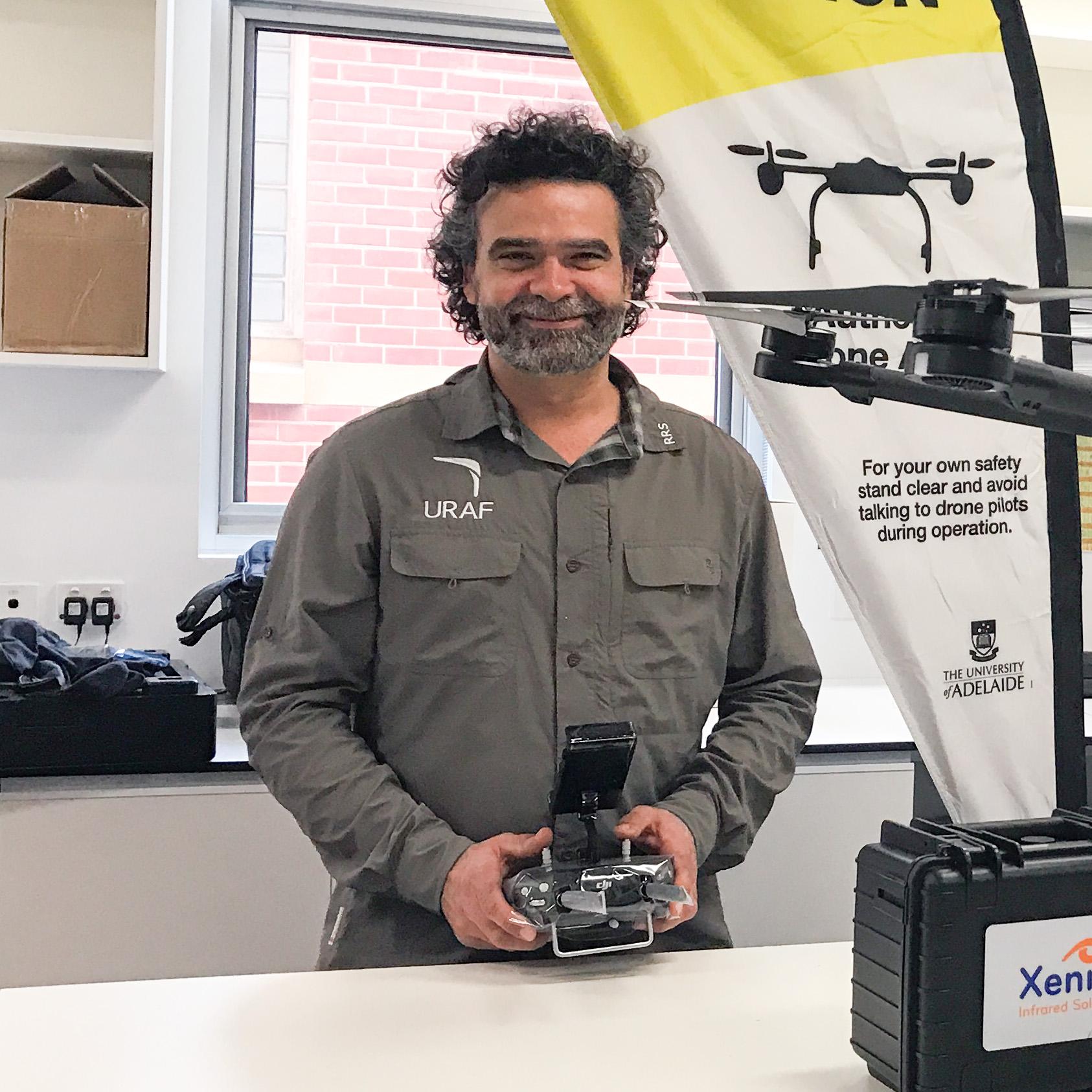Environmental monitoring with drones: Fire

Undertake research in environmental monitoring with drones, specifically relating to fire events.
Honours projects in this area include modelling fire break design to manage fire while minimising ecological disturbance in Cambodia; and the spatial regrowth dynamics of Mallee after a fire.
Drones are becoming commonplace tools for environmental monitoring. Coupled with the right sensor - RGB, multispectral, hyperspectral, thermal - they offer a unique view of the landscape.
With this new perspective the scale of traditional field survey techniques can be extended, satellite remote sensing techniques can be enhanced, or the gap between the two can be bridged.
The technologies are rapidly maturing but making sense of the large volumes of data is still at an exciting stage of infancy, leaving a lot of room to explore and make your mark.
To better understand environmental dynamics for better decisions the data must be translated to information using methods that range from basic visual interpretation to advanced computation which will draw from remote sensing and / or GIS techniques.
Scientists at the Unmanned Research Aircraft Facility (URAF) work with closely with government, industry and conservation NGOs in Australia and the Asia-Pacific region to develop methods that they can use in the field to monitor vegetation and wildlife population dynamics.
Projects at URAF include environmental monitoring research with partners such as Conservation International, DEW, PIRSA / SARDI and Bush Heritage Australia.

Supervisors
Co-supervisors: Dr Ken Clarke, Dr Alice Jones, Dr Graeme Finlayson, James Trezise, Jarrod Hodgson
Research area: Environmental monitoring with drones at the Unmanned Research Aircraft Facility
Recommended honours enrolment: Honours in Ecology and Environmental Science
